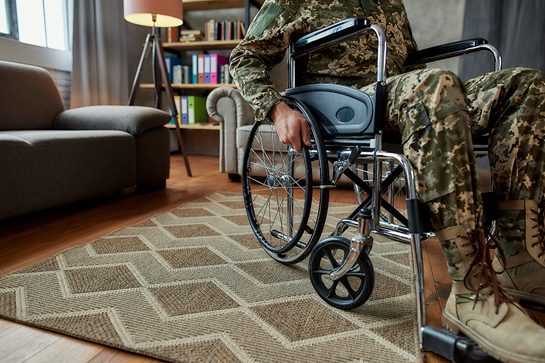On June 6, the VA Mission Act of 2018 was signed into law. The bill represents a bipartisan effort to improve the healthcare of millions of U.S. veterans. Perhaps the biggest change the bill introduced is the ability of veterans to receive healthcare outside the current Veterans Affairs (VA) system, including receiving care from private healthcare providers. The VA Mission Act actually specifies certain circumstances when care is required to be performed by non-VA providers and other conditions when care is authorized (but not required) to be performed by non-VA providers.
Increased Access
In response to concerns that the VA system struggled to deliver care in a timely fashion, the VA Mission Act expands the ways veterans can receive care. The act mandates that the Department of Veterans Affairs coordinate timely care, including care that may be necessary outside a veteran’s region of residence. The act seeks to make care more accessible by permitting veterans to receive care locally from community providers if the VA does not offer the care or services the veteran requires, VA does not operate a full-service medical facility in the state a veteran resides, or if the veteran was eligible for care in the community under the 40-mile rule in the Veterans Choice Program. Under the bill, the VA is required to enter into contracts with private networks to ensure veterans get this care when warranted.
The act also expands the eligibility for veterans with service-related medical issues to receive at-home care from family caregivers. Previously, access to assistance for at-home care providers was more restricted and emphasized post-9/11 service.
Boost for Telemedicine
The bill also seeks to increase access by permitting care to be delivered via telemedicine. Language in the bill specifically allows a provider to practice “at any location in any State”, regardless of where they or the patient are located, if they are using telemedicine to provide treatment to the Veteran. Interestingly, by eliminating location-based regulations, the act could lead to technologically-savvy providers building a strong telemedicine presence by focusing on online treatment for veterans located anywhere in the country.
Social Determinants of Health
The VA Mission Act includes measures to prevent opioid abuse by creating issuing guidelines for providers and ensuring that community providers have access to patients’ prescription history through the VA. While this is an important step, the act could go further in addressing veterans’ social determinants of health needs such as homelessness, mental healthcare, and behavioral healthcare.
Increased Need for Care Coordination
Encouragingly, the language in the bill instructs the Department of Veterans Affairs to coordinate care for veterans and mandates that the department avoids lapses in care. With veterans now able to access care from within the VA system as well as from private healthcare providers, community services, and online providers through telemedicine, the complexity of the care environment has increased dramatically. Care coordination will become increasingly important as veterans begin utilizing care from a variety of care providers.
Interestingly, these changes are happening as the VA is in the midst of switching to a new EHR system. As previously reported, the department has signed a $10 billion contract to move to Cerner for electronic health records. While modernizing the department’s EHR system is necessary, it is not sufficient by itself. The modern healthcare environment — including the new care aspects introduced by the VA Mission Act — requires a level of care coordination that extends beyond the EHR.
While EHRs work well to manage care within an organization (such as the VA system) they do not work as well to coordinate care among providers outside the organization. With the new VA care model including a mix of VA-provided services, private healthcare providers, community-based providers, telemedicine, and at-home care, now is the time for the VA to implement a true care coordination system that will allow providers of all types to coordinate care and collaborate on treatment for our nation’s veterans.



